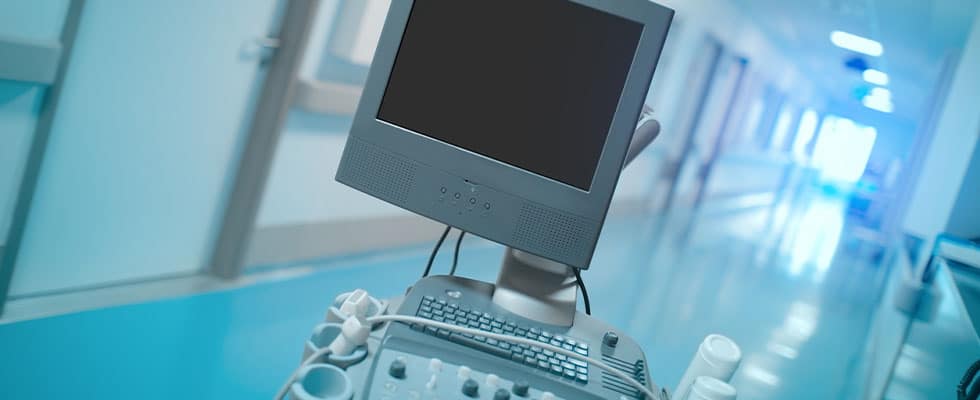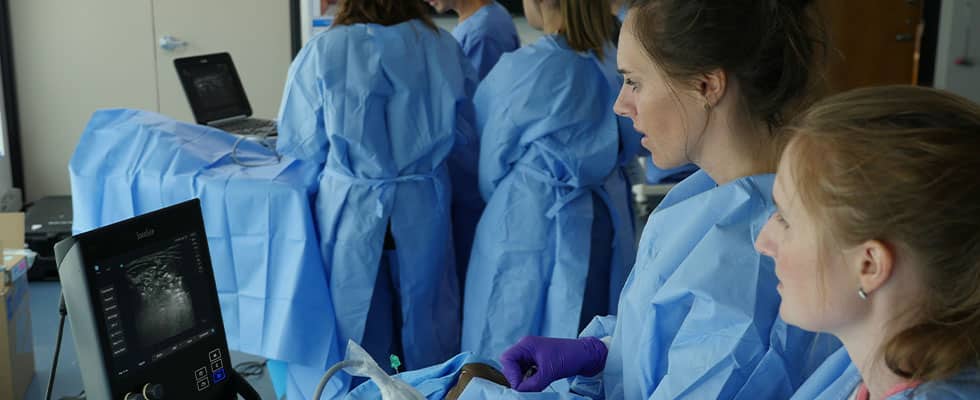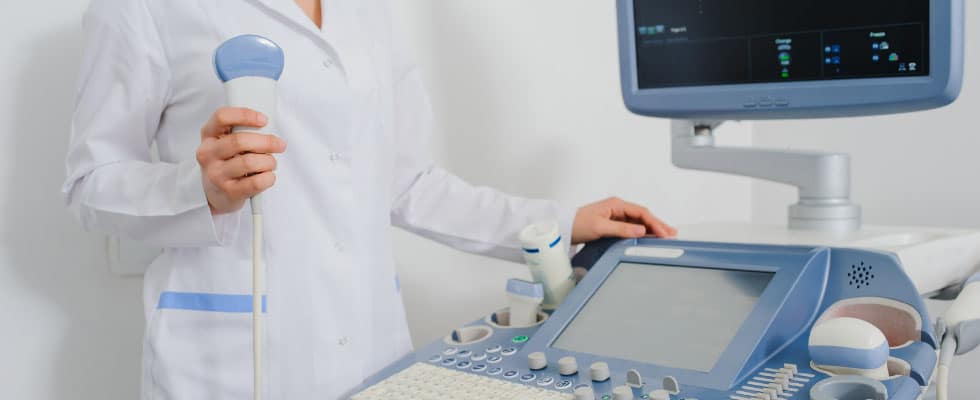How the Stellate Ganglion Block Treats Long-Lasting COVID Symptoms
We certainly know more about COVID now than we did then and, with that, comes new treatment options, especially for some of the long-lasting symptoms some patients are having. Maverick Medical Education tries to find a number of applications for the blocks and methods we already teach and the application of the Stellate Ganglion Block to treat some of these symptoms is just one of them.
POCUS: What It Is and How We Teach It
Maverick Medical Education firmly believes that there is application and use for those trained in POCUS in every medical field. With this training you will be able to provide quicker diagnoses, more accurate diagnoses, and better outcomes.
How Ultrasound is Used in the ER
Ultrasound, specifically Point of Care Ultrasound, or POCUS, has many vital applications in all medical fields, especially in emergency room care. Maverick Medical Education stands behind this concept so firmly, we have developed a new course, ERstravaganza, to instruct ER Physicians, PAs, and NPs in how to better meet the needs of their patients and departments with ultrasound.
5 Reasons Why In-Person Medical Training is Important
Maverick Medical Education is focused on teaching and training as many medical professionals the skills and techniques needed to alleviate the pain of their communities and within their practices. To do so, we have thought out the best way for physicians, practitioners, nurses, and others to learn from our expert team. That said, medical training needs hands-on practice in order to learn the procedures and develop proficiency.
Step-by-Step Guide to a Lung Ultrasound
Point of Care Ultrasound, or POCUS, can be utilized to discover patient needs and monitor their needs in almost every field of medicine. Maverick Medical Education provides medical professionals with this specialized training. Once the basics of POCUS are learned, there are immeasurable ways to apply it to your practice, like in lung ultrasound.
How to Become a CRNA
Becoming a Certified Registered Nurse Anesthetist, or CRNA, is an official credential that came into existence in the mid-1950s. This position has proven to be a vital part of patient care as patients receive relief before, during, and after medical procedures and in response to chronic pain or injury. The CRNA position has been reviewed to be shown as “safe, high quality, and cost-effective” and is the “most cost-effective model for anesthesia delivery, and there is no measurable difference in the quality of care between CRNAs and other anesthesia providers” according to the American Association of Nurse Anesthesiology. Many of Maverick Medical Education’s instructors are CRNAs and practice in their own communities when not teaching with our team. If you are interested in becoming a CRNA, there are a few steps to follow.







